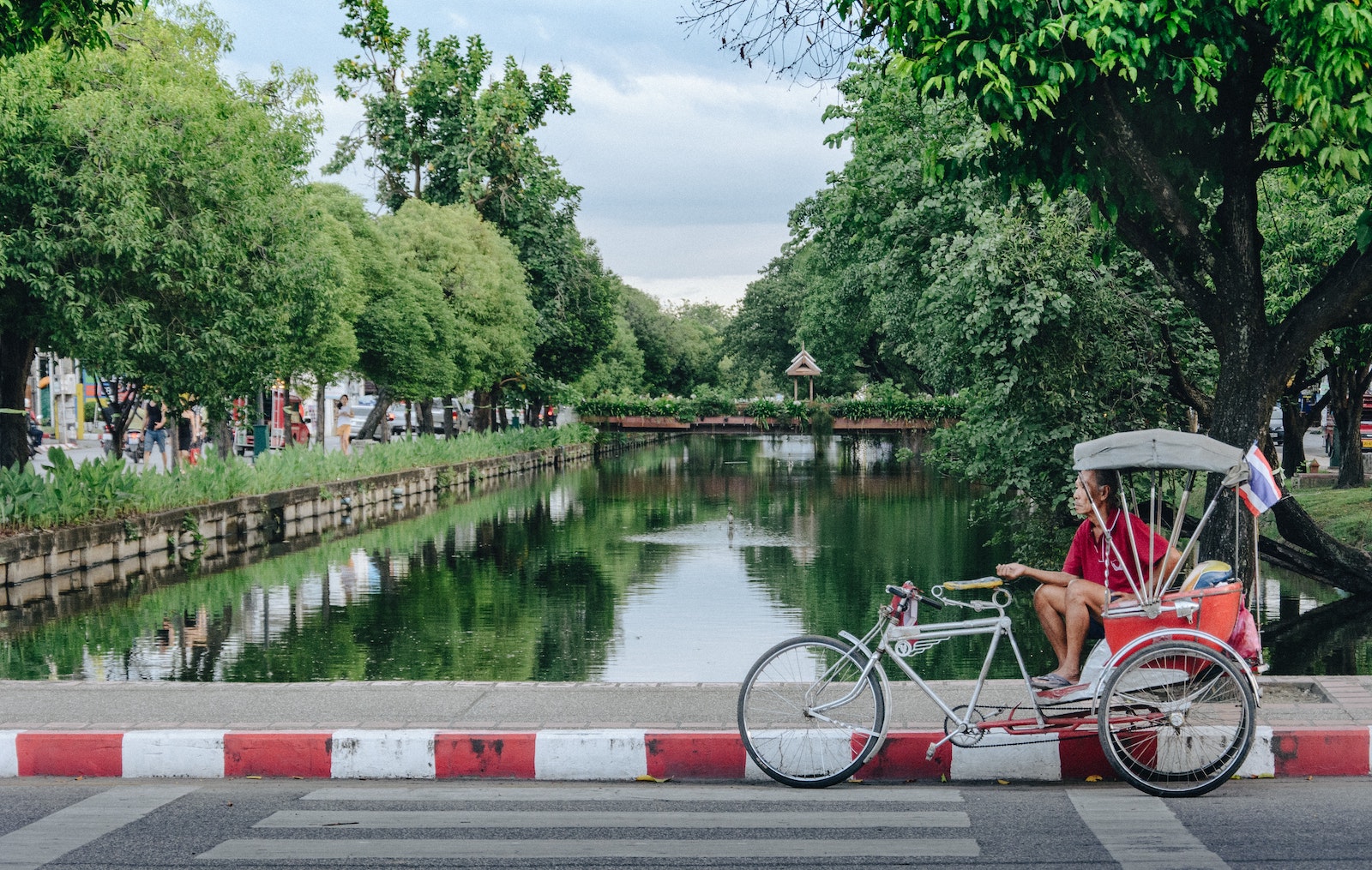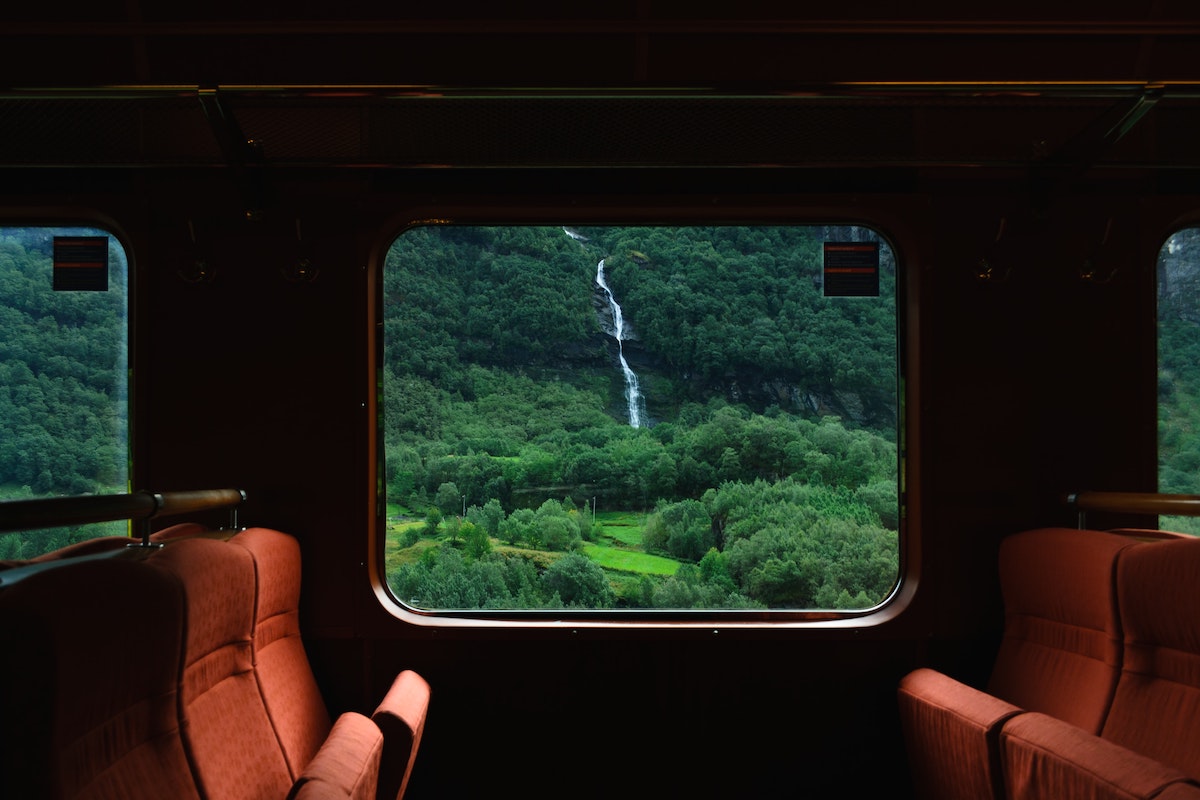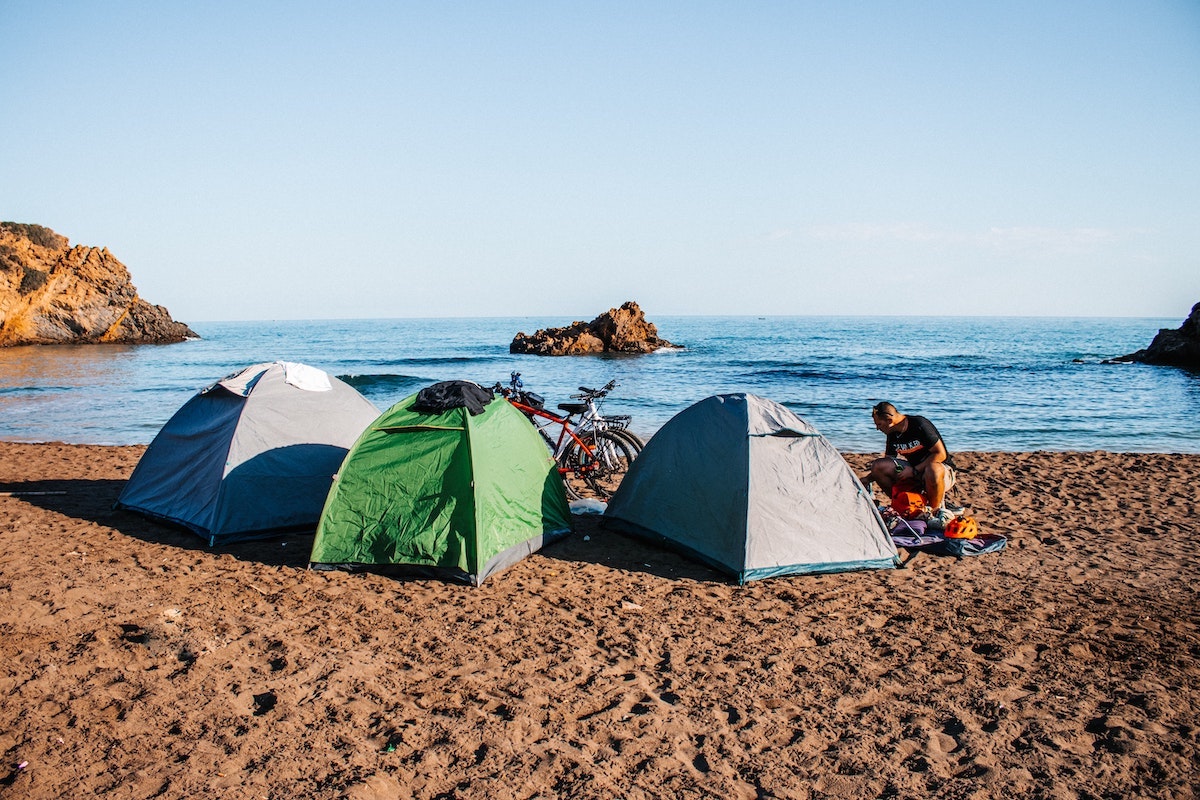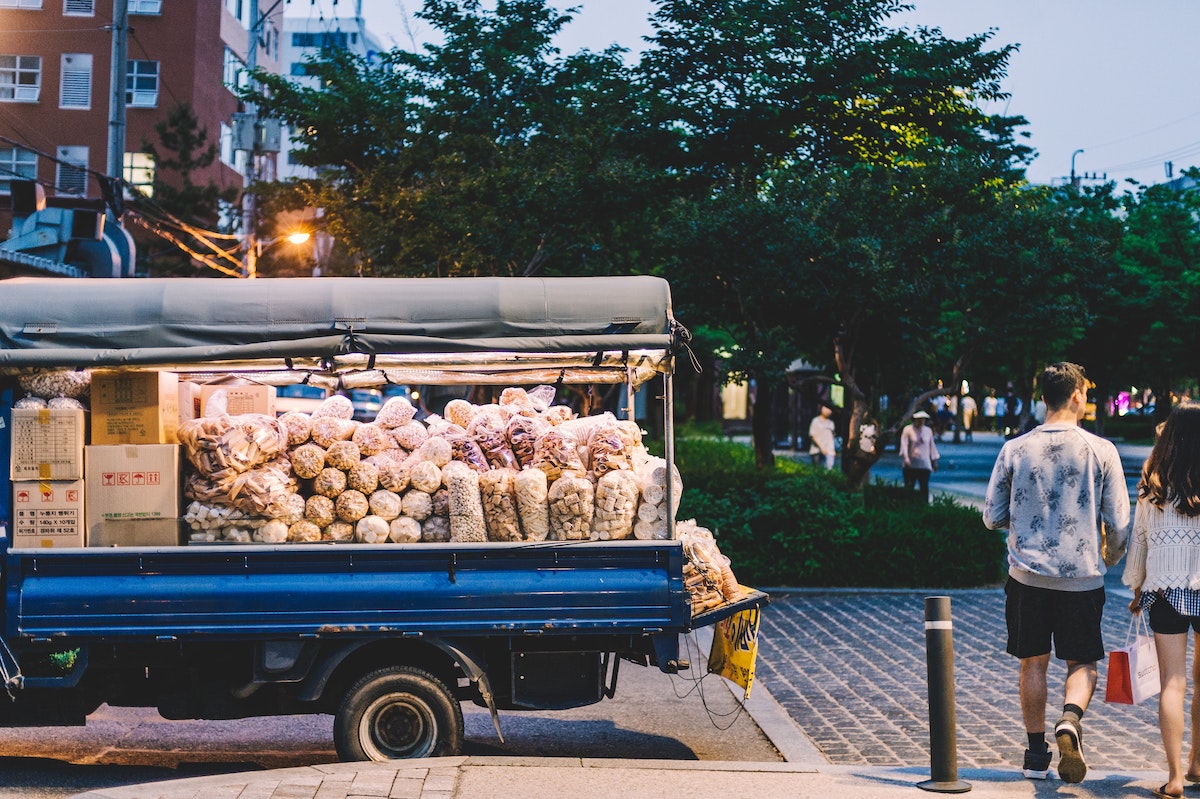The growing no fly movement calls attention to the environmental impact of air travel in an age of hopping low-cost flights from one crowded over-Instagrammed locale to another. Slow travel is a counterbalance to this approach, encouraging people to take longer in one spot and really dive into the place they’re visiting.
What is slow travel
In the 1980s, the slow food movement was born in Rome, following a protest against the McDonalds proposed to be built near the Spanish Steps. The movement sought to “defend regional traditions, good food, gastronomic pleasure and a slow pace of life”. Slow travel builds on these same ideas. Instead of cramming your itinerary full of sight-seeing, it focuses on connecting with the place you’re visiting, getting to know its food, nature, culture, and people.

Why bother?
Slow travel can help reduce a trip’s environmental impact. Fewer flights, more local and people-powered transportation, and staying longer in one place can help cut down on carbon emissions. Meanwhile, shopping and eating local means supporting small businesses and local food systems.
By taking your time wherever you’re at, you can start to build connections with people you see every day, from the barista at your new favorite coffee shop, or a neighbor near your rental apartment. Taking it slower can help make your vacation more restful, giving you a chance to recharge.
Getting started
If you’ve always traveled one way, making the shift can feel daunting. But doing slow travel can be as simple as avoiding the urge to cram too many locations into your itinerary. Many remote workers are taking their jobs on the road to find more time to experience new locations. Other people find part-time work and longer-term visas for teaching English. Or keep your trip within your vacation days but spend your time really exploring one city or location instead of dashing from one tourist attraction to the next.
Importantly, skip the rental car! Slow travel encourages the use of local transportation networks - be they bus, train, or boat. Public transportation is a great way to get to know a place, and when staying somewhere for longer you have plenty of time to figure out the local transit situation. Public transit is much more carbon-neutral than driving a car, and can save you money. If you are traveling between cities, use trains or boats instead of short-haul domestic flights.

See the countryside from a sleeper train
These days, trains seem to be having a resurgence. European sleeper trains connect routes like Paris to Budapest or Munich to Italy. Wes Anderson recently designed a luxury car for the British Pullman train. Tren Maya will launch in December 2023 to connect top tourist locations in Mexico’s Yucatan peninsula. In the US you can take the scenic route from Chicago to California.
Trains have less environmental impact, and are way comfier and less stressful than flying. Also a great way to see the countryside and small towns in between major tourist attractions and to connect with other local travelers.

Bike your way across a new landscape
Avid cyclists may be interested in the best bicycle trails recommended by Lonely Planet. These beautiful long-distance treks include Namibia, Bolivia, and New Zealand. But less experienced cyclists can also tackle routes like those in Ireland, Japan, and Chile.
Accounts like World By Bike showcase some inspirational journeys taken by bikers around the world, like that of Ryohei Oguchi, who biked around the world from 2007 to 2016. Stopping to camp in nature or stay in small towns allows you to connect with yourself and the people you meet without using any fossil fuels at all.

Settle into city life in a new spot
If you’re keen to check out a new city, instead of renting a car, explore by foot or public transport. Commit to wandering your way wherever you’re going, even if it’s far away. This is a great way to stumble across a favorite new spot and lets you soak up the atmosphere of a place instead of rushing through it. Staying in a city for a longer time will help you find amazing new places to eat - buy food at a local farmers’ market and ask locals for recommendations for their favorite restaurants.
Embrace unusual modes of travel
Many exciting travel experiences offer different ways of getting around, from dogsled to camelback. If you’re visiting somewhere beautiful, avoid ATVs, off road vehicles, or motorboats that create emissions, and disturb animal habitats. Go for ethically treated animals or people-power instead.
What slow travel are you planning for this spring and summer? Share with us on social media!
